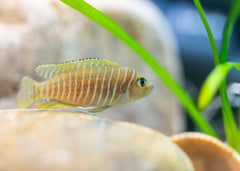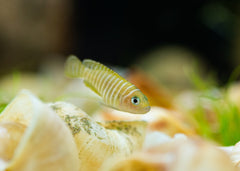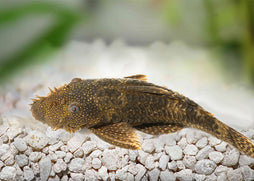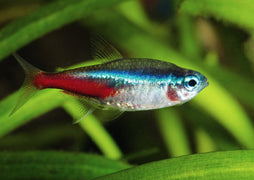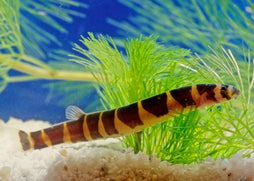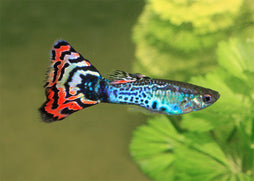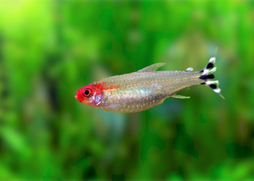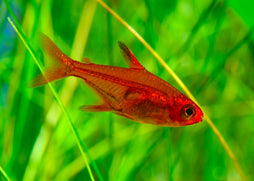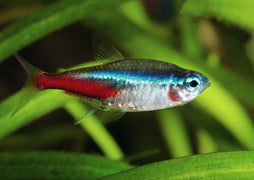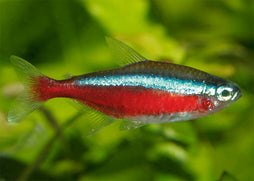Description
Lamprologus similis is a small, shell-dwelling cichlid species endemic to Lake Tanganyika. Known for their fascinating behaviours and complex social structures, these dwarf cichlids are a favourite among aquarists interested in naturalistic setups. They inhabit sandy, shallow areas of the lake where empty snail shells serve as both homes and breeding sites. Their manageable size and unique shell-dwelling behaviour make them ideal for species-specific or community Tanganyikan aquariums.
Features of Lamprologus similis
• Grows up to 5 cm in length
• Beige to olive body with horizontal white to bluish stripes
• Slight sexual dimorphism; males are larger with longer fins
• Highly territorial, especially around shell clusters
• Lives in colonies with complex hierarchies
• Lifespan typically ranges from 8 to 10 years in captivity
The best aquarium size for Lamprologus similis
A minimum of 60 litres is suitable for a small breeding colony. However, larger tanks (90–120 litres) are strongly recommended for multiple colonies or mixed Tanganyikan communities. Floor space is more important than water volume due to their bottom-dwelling, territory-based behaviour.
Tank Mate Compatibility for Lamprologus similis
• Julidochromis (Julies)
• Neolamprologus leleupi
• Altolamprologus compressiceps
• Cyprichromis leptosoma
• Synodontis catfish (dwarf varieties)
Diet for Lamprologus similis
This species is carnivorous and should be offered a diet rich in protein. Feed high-quality micro pellets, frozen mysis shrimp, baby brine shrimp, daphnia, and cyclops. Avoid overfeeding and remove uneaten food to maintain optimal water quality in their sensitive environment.
Aquarium Setup Lamprologus similis
Aquarium Filtration
Use a sponge filter or gentle canister filter to maintain excellent water clarity without generating strong currents. This species prefers calm water with consistent parameters: pH 7.8–9.0, hardness 10–20 dGH.
Aquarium Plants
Live plants are not essential but may be used around the periphery. Choose hardy species like Vallisneria or Anubias, which tolerate alkaline conditions and are not easily uprooted.
Aquarium Lighting
Moderate lighting replicates their natural habitat and supports algae growth, which fry may graze on. Avoid overly bright setups that stress the fish.
Aquarium Heating
Maintain temperatures between 24–27 °C using a precise heater. Sudden temperature fluctuations can cause stress and reduce breeding activity.
Aquarium Substrate
Use fine sand to allow natural digging behaviour. A sandy base also prevents injury and supports stable shell placement for nesting and territorial use.
Aquarium Decorations
Provide multiple empty snail shells, ideally Neothauma or similarly sized replicas. Arrange shells in clusters to support colony behaviour. Include small rock structures to define territorial boundaries and reduce aggression between males.



